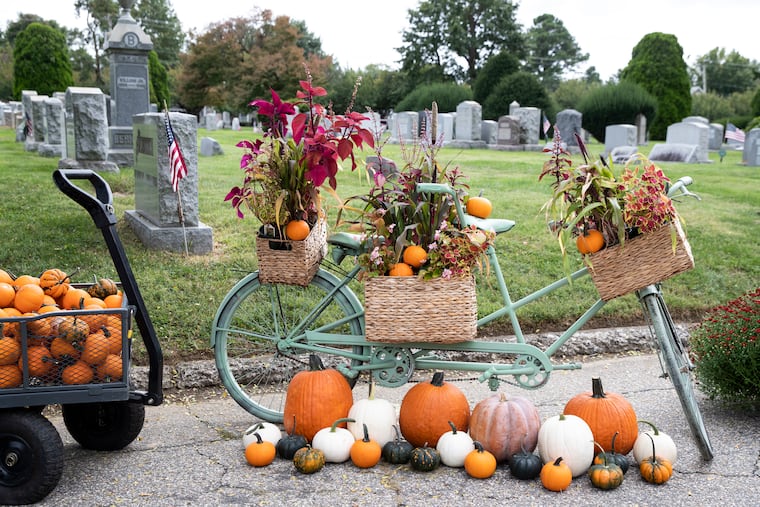The autumnal equinox arrives Wednesday. Here’s what to know about it as Philly’s days shorten before our eyes.
As fall arrives, Jupiter, Saturn, and Venus are starring in the night sky, and a harvest of migrating birds is imminent.

As fall arrives, Jupiter, Saturn, and Venus are starring in the night sky, and a harvest of migrating birds is imminent.
